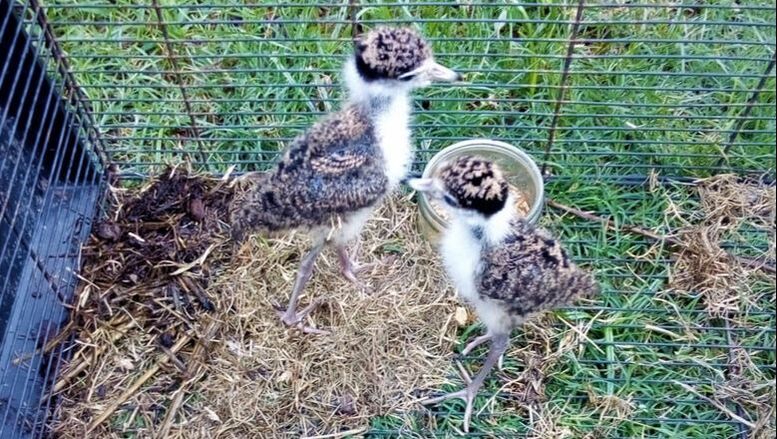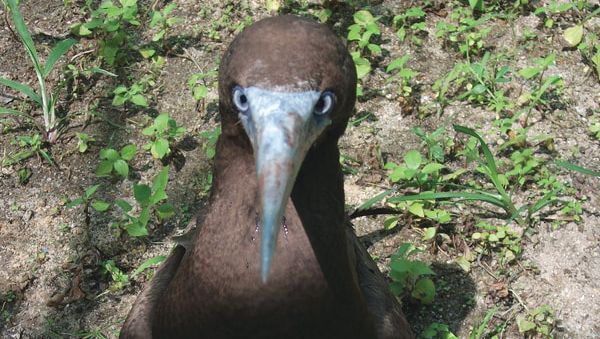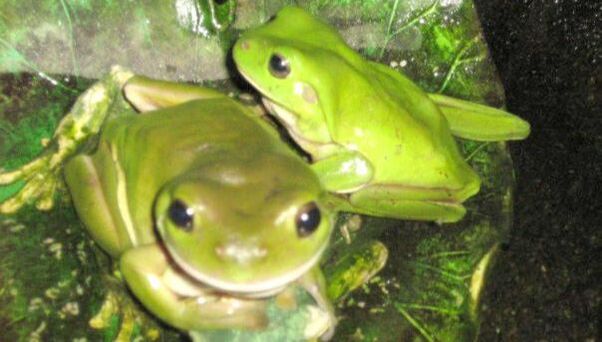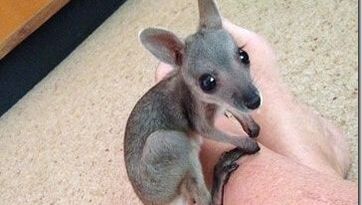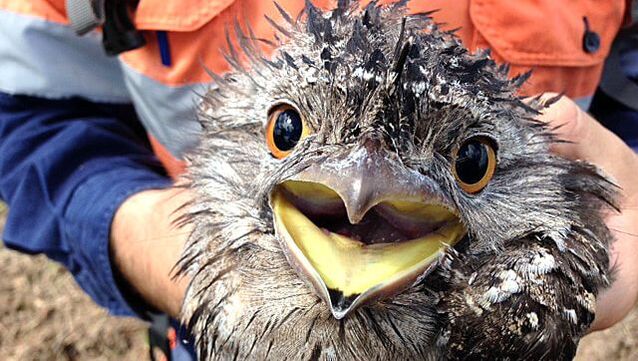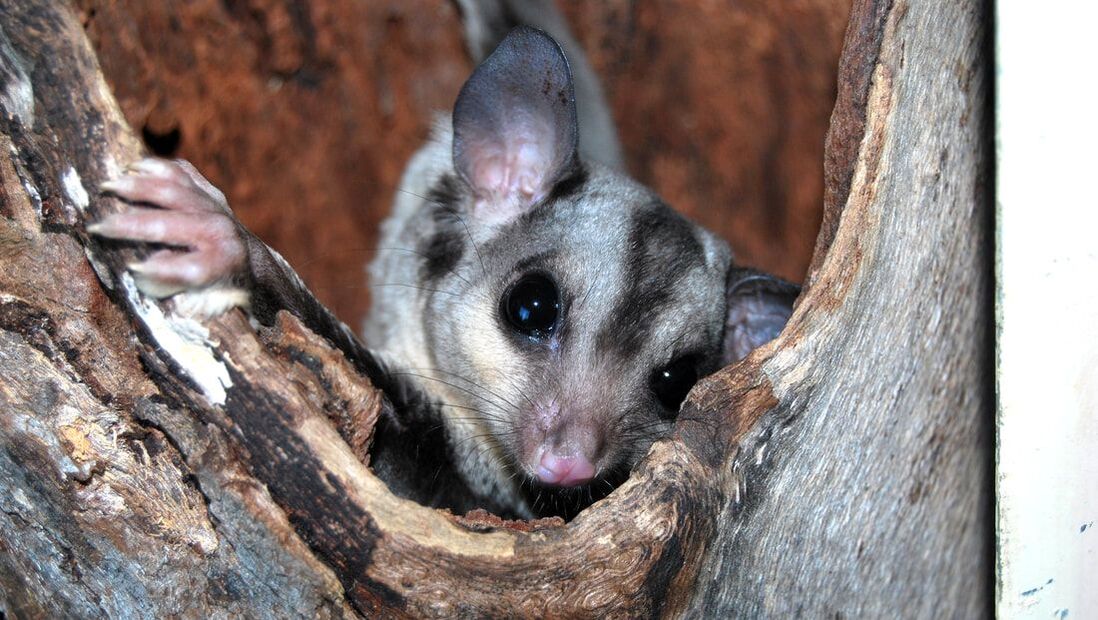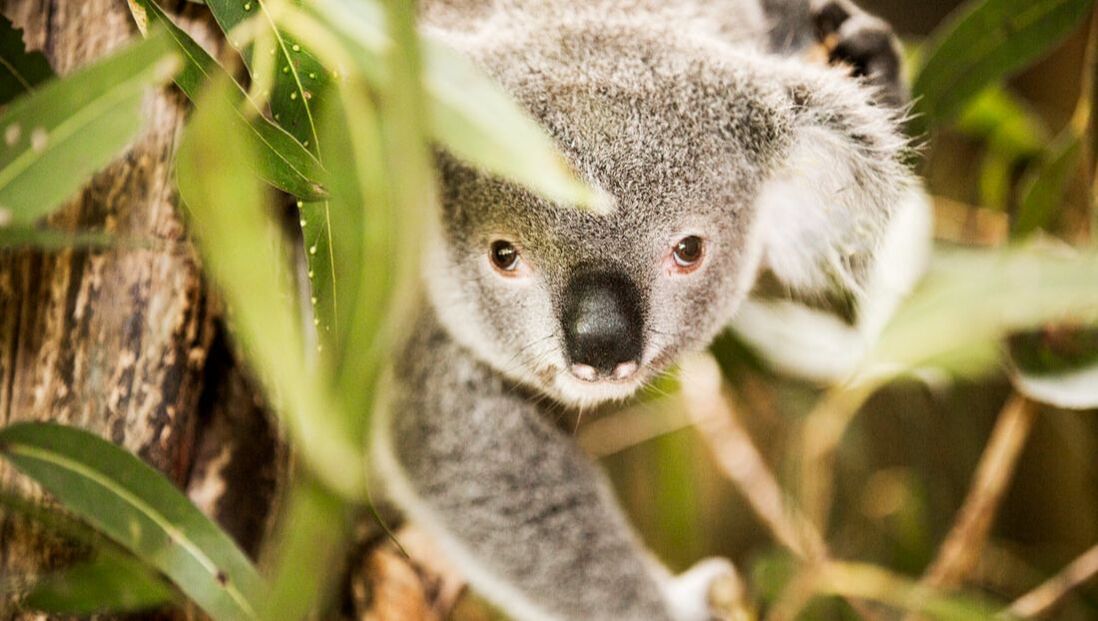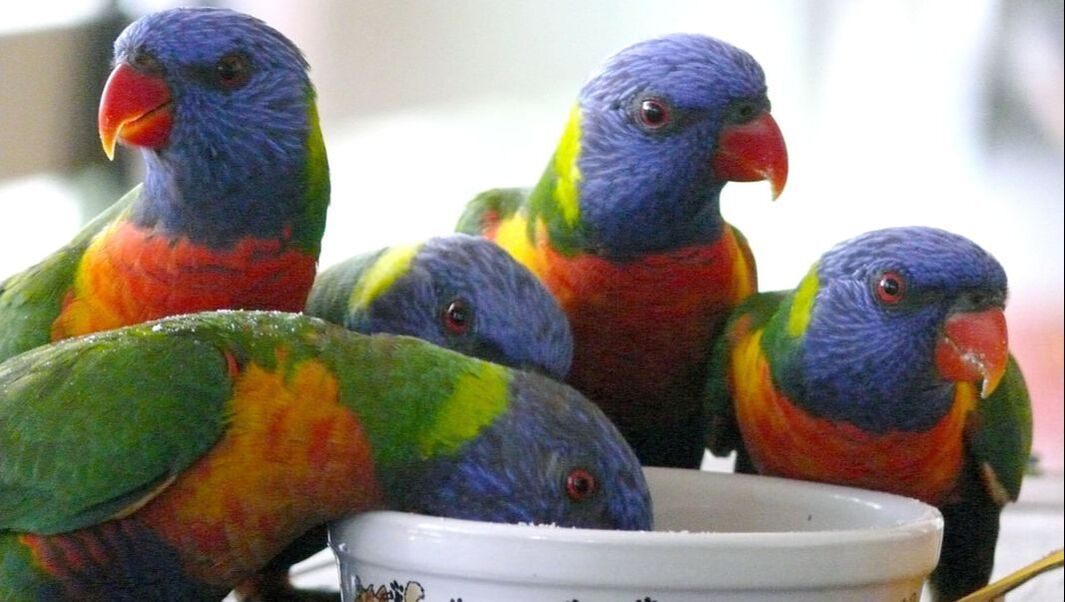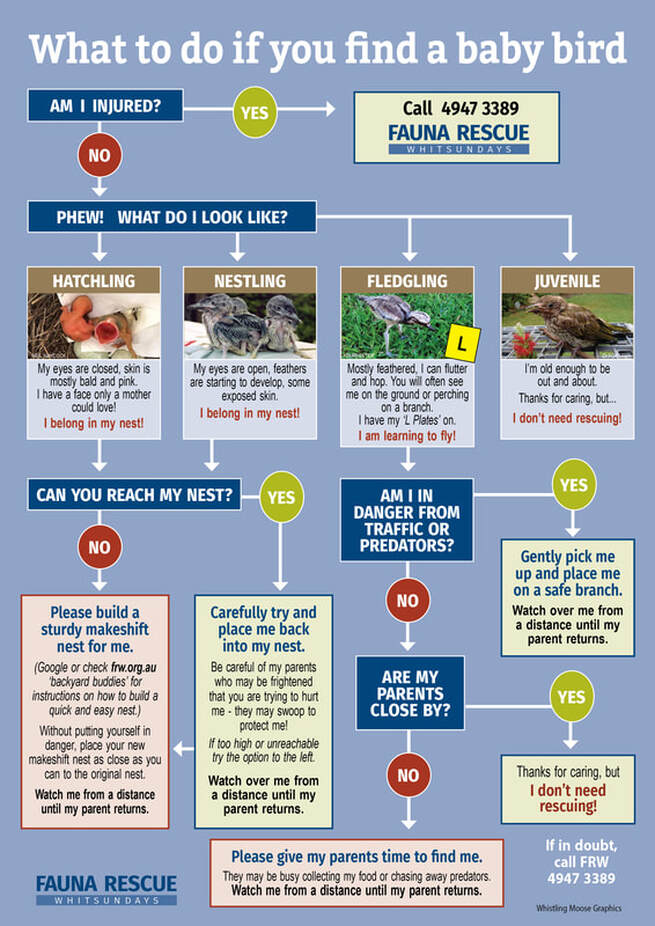A general guide to rescue
If you find an injured animal, remember that it is wild - probably suffering from shock and with possible injuries. Minimal handling is a must to avoid additional stress.
Call our hotline or take the animal directly to the vet for treatment.
Call our hotline or take the animal directly to the vet for treatment.






